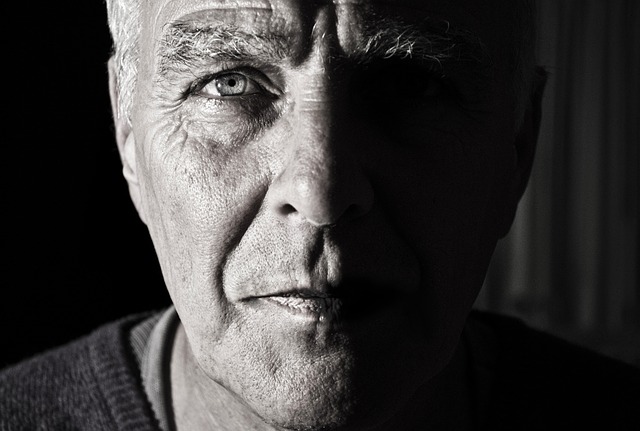
Face to Face with Hypermobility: When Excess Range of Motion Causes Pain
Are you more mobile than most people?
While lack of range of motion has become ubiquitous in society, the health world places a lot less focus on people who have hypermobility. Hypermobility, known more commonly as loose joints or double-jointedness, occurs in about 10% of the population. Often genetic in nature, it comes down to a factor known as congenital, or ligamentous, laxity: essentially, But the problem is that hypermobility often coincides with instability- and for this reason, hypermobility can contribute to pain and dysfunction in the joints; in extreme cases, and often as the individual gets older, this pain can become chronic. At this point we call it hypermobility syndrome, a condition that is treated most effectively by focusing on adding in stability through sustainable strength training.
People with hypermobile joints still end up feeling stiff
How does this happen? Essentially, your body is creating stiffness and pain as a warning so that you are able to protect yourself by avoiding more pain-causing movements. Hypermobility leaves you vulnerable to a host of musculoskeletal problems, with subluxation of the joints being among the most common. In most cases, where poor range of motion is present, we would advise stretching and strengthening. But for people with hypermobility, stretching is seriously counterproductive. With hypermobility syndrome, the range of motion is already present; it is therefore prudent to stabilize this range of motion through strength training.
Treating hypermobility syndrome in Dunedin
We have heard too many horror stories of people with hypermobility being improperly diagnosed, or not diagnosed, and stretching until their pain gets even worse. If you have hypermobility, or suspect that it may be at the root of your pain and dysfunction, make sure to check in at Hayes Family Chiropractic, where you will get a full diagnostic assessment that determines the true root of your joint dysfunction. From there, we can work together to create a plan that naturally reduces pain and improves stability in the regions where it matters most.